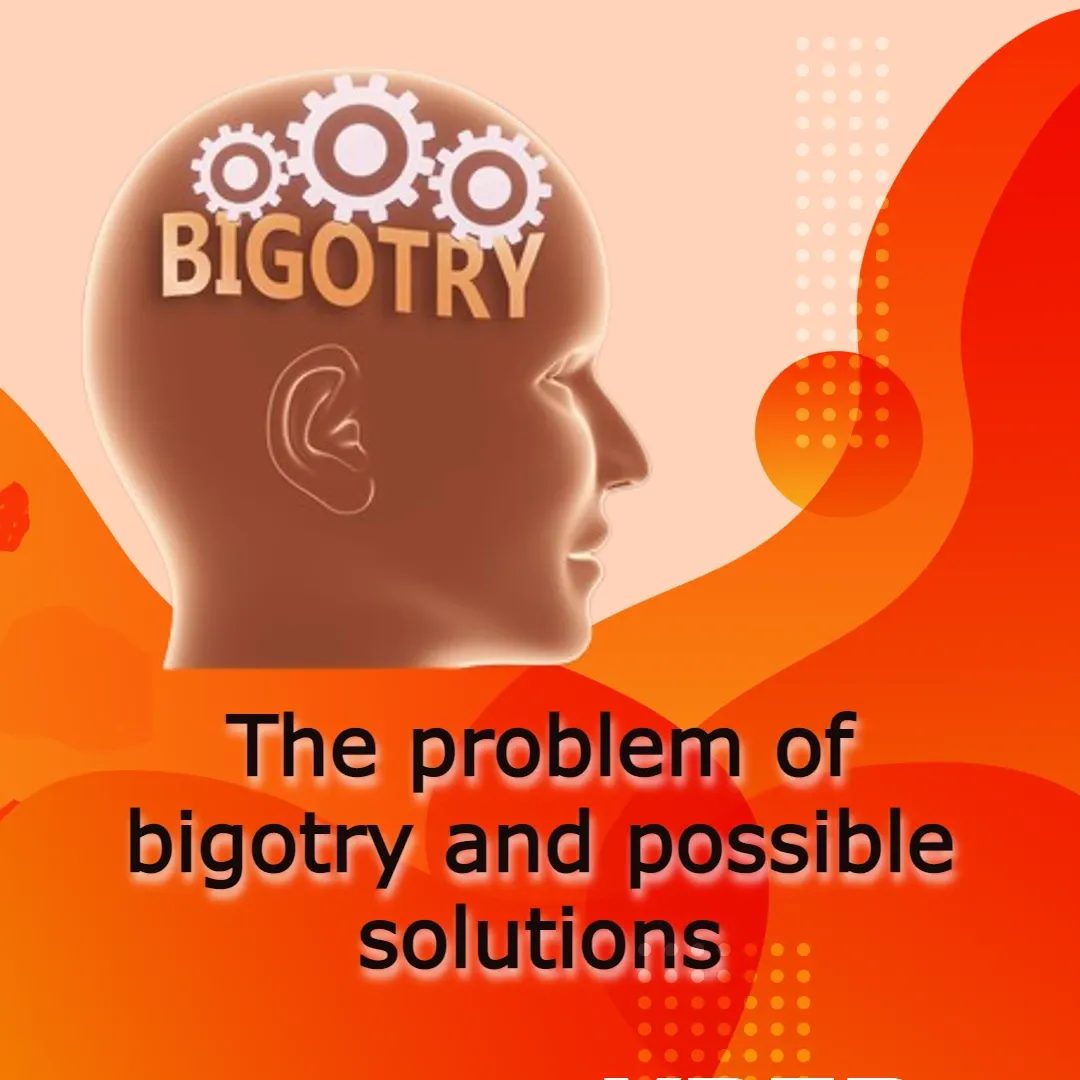The problem of bigotry and possible solutions
The recent arrest of several suspects in the ISI terror module case shows that the threat of radicalization in India is widespread and growing rapidly. Recently an ISIS module was also busted by the National Investigation Agency (NIA). The pan-India presence of this module has been traced with activations in Jammu & Kashmir, Karnataka, Maharashtra, and Kerala. The investigation revealed that online radicalization played a significant role in everything from the recruitment of members to the preparation and/or execution of extremist activities.
Addressing the Shanghai Cooperation Organization (SCO), the Prime Minister of India had identified radicalization as the biggest threat to the security and safety of all member countries. He expected member states to address these challenges and build effective responses. These reactions can be broadly classified under four headings—deradicalization, counter-radicalization, anti-radicalization, and disengagement. In line with this approach, India should lead by example and develop systematic responses with respect to constitutional values.
factors behind bigotry
Individual socio-psychological factors: Including complaints and impulses such as isolation and exclusion, anger and despair, and a strong sense of being a victim of injustice.
Socio-economic factors: which include social exclusion, being a victim of deprivation and discrimination (real or perceived), limited opportunities for education or employment, etc.
Political factors: Including weak and non-participatory political systems that lack good governance and respect for civil society.
Social media: which provides connectivity, virtual participation, and an eco-chamber for like-minded extremist ideas, thereby accelerating the process of spreading radicalization.
Religious factor: Where organizations such as the Islamic State of Iraq and the Levant (IS) used religion to increase their influence around the world.
Types of bigotry or extremism in India
Politico-religious extremism: It is concerned with violently defending the political interpretation of religion and alleged attacks on religious identity.
A prime example of this is the use of religion by ISIS to expand its influence around the world.
Right-Wing Extremism: It is a form of fundamentalism associated with fascism, racism/racism, supremacism, and ultranationalism.
Left-Wing Extremism: This form of radicalism mainly focuses on anti-capitalist demands and calls for changes in political systems that are responsible for social inequalities, and ultimately supports the employing of violent means to achieve its objectives.
Some steps are taken in India
Institutional Measures: The Ministry of Home Affairs had set up the ‘Counter-Terrorism and Counter Radicalization Division’ in November 2017.
The division largely focuses on the implementation and administration of counter-terrorism laws and monitoring of radical organizations like the Students Islamic Movement of India (SIMI), Popular Front of India, Jamaat-e-Islami, and Sanatan Sanstha.
Legislative Measures: Laws like the UAPA Act, 1967 and the NIA Act, 2008 address fundamentalist issues.
In addition, the UAPA has been mandated to combat terrorist financing by criminalizing the production or smuggling or movement of high-quality counterfeit Indian currency as a terrorist act and by bringing any asset that can be used for terrorism, as a terrorist act. It has been further strengthened by amending the Act, 1967.
way ahead
Defining extremism: Defining extremism will give an opportunity to the state to develop programs and strategies to effectively counter such radical ideas, thereby addressing the problem of radicalization-induced violence.
Defining fanaticism will also help in providing clarity about the objective of the implementation of the action plan.
Advancing de-radicalization strategies on a war footing: India should promptly develop and implement de-radicalization, counter-radicalization, and anti-radicalization strategies at the pan-India and pan-ideological levels.
Such efforts must take cognizance of the fact that the struggle against bigotry begins in the mind and heart long before it manifests itself in the form of violence.
Any program aimed at preventing or reversing radicalization must focus on an ideological commitment to enabling violence, rather than a justification for violence or violence.
Control over the cross-border flow of propaganda: First of all efforts should be made to stop the propaganda motivated from across the border.
A universal legal or policy framework should be developed to deal with radicalization, de-radicalization, and its associated strategies.
Rehabilitation measures: As a measure of prevention or retaliation, the arrested and convicted persons should not only be prosecuted and punished but their improvement and rehabilitation should also be given priority.
Efforts to be made to mainstream youth through the development of ‘counter-narrative, spreading the integrated nature of religions in India, promotion of constitutional values and virtues and promotion of sports and other activities in educational institutions Need.
Conclusion
At the same time, it is necessary to understand that bigotry is not a necessary evil in itself, but rather it acquires a positive or negative characteristic depending on its context. Mere deviations from traditional thinking should not be punished.
Bigotry becomes problematic only when it has a tendency to lead to violence. Our main challenge is to control this type of bigotry.
An action plan should be developed to meet these challenges effectively by developing a nuanced understanding on the process of radicalization as well as its characteristics.



